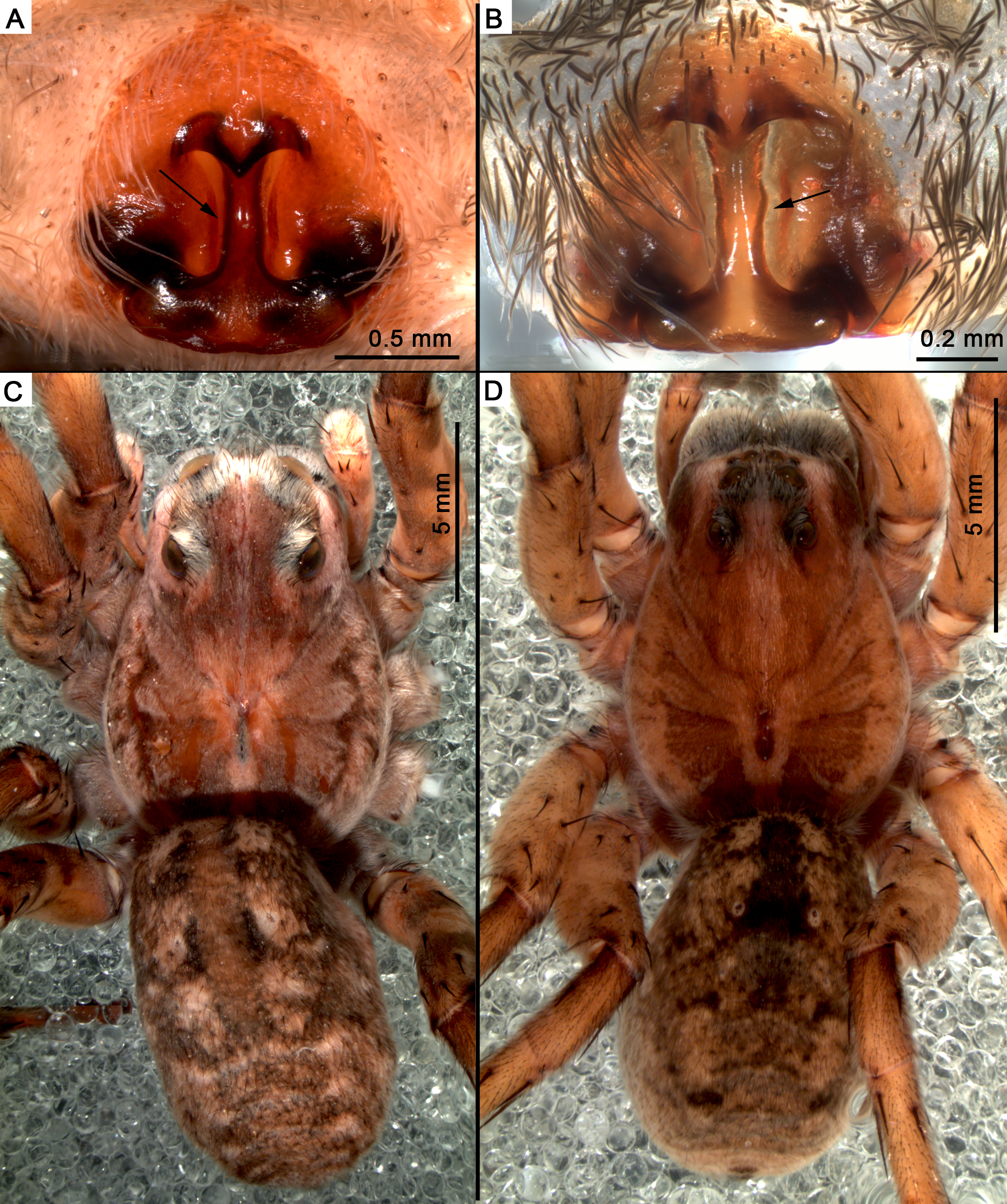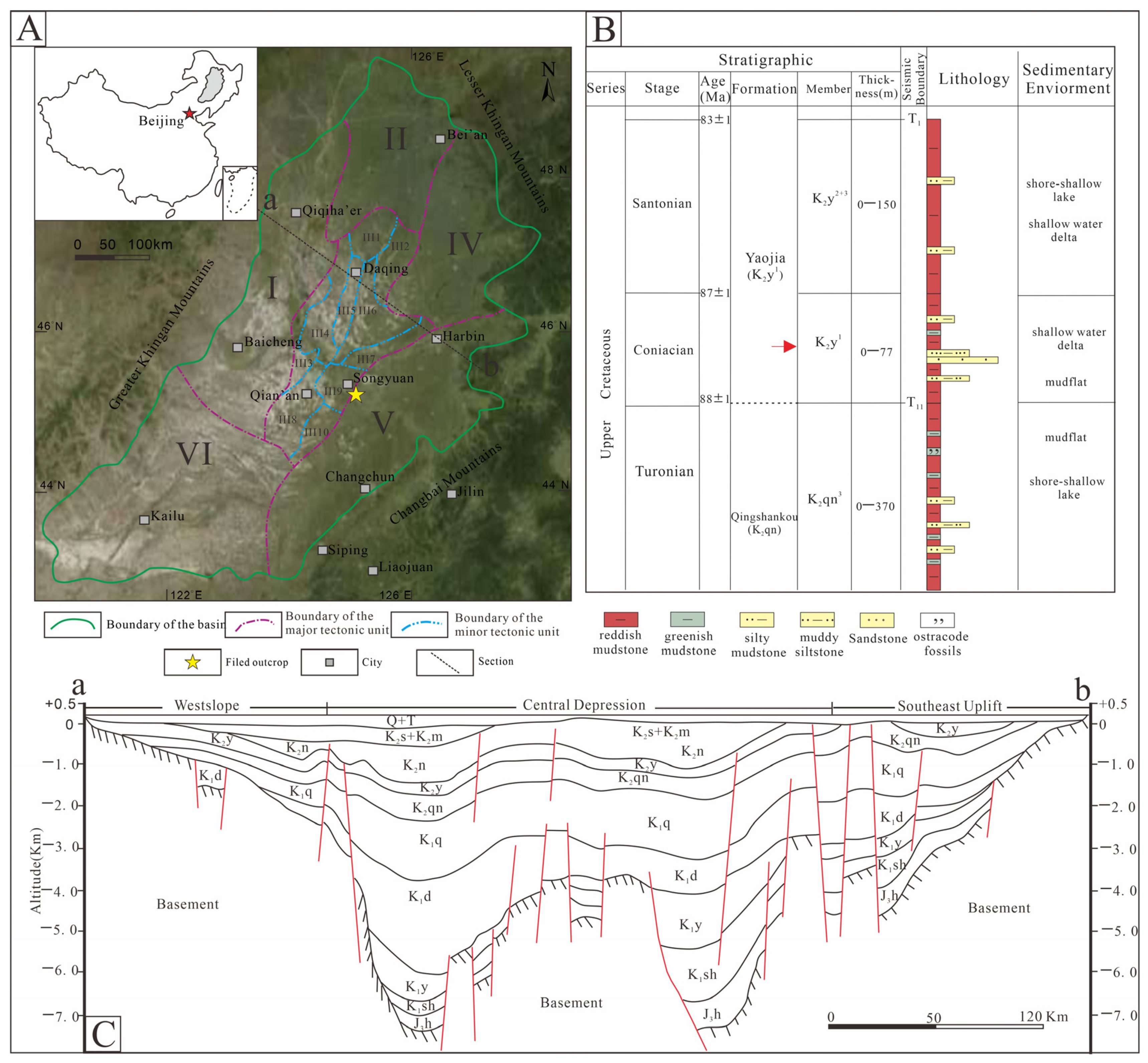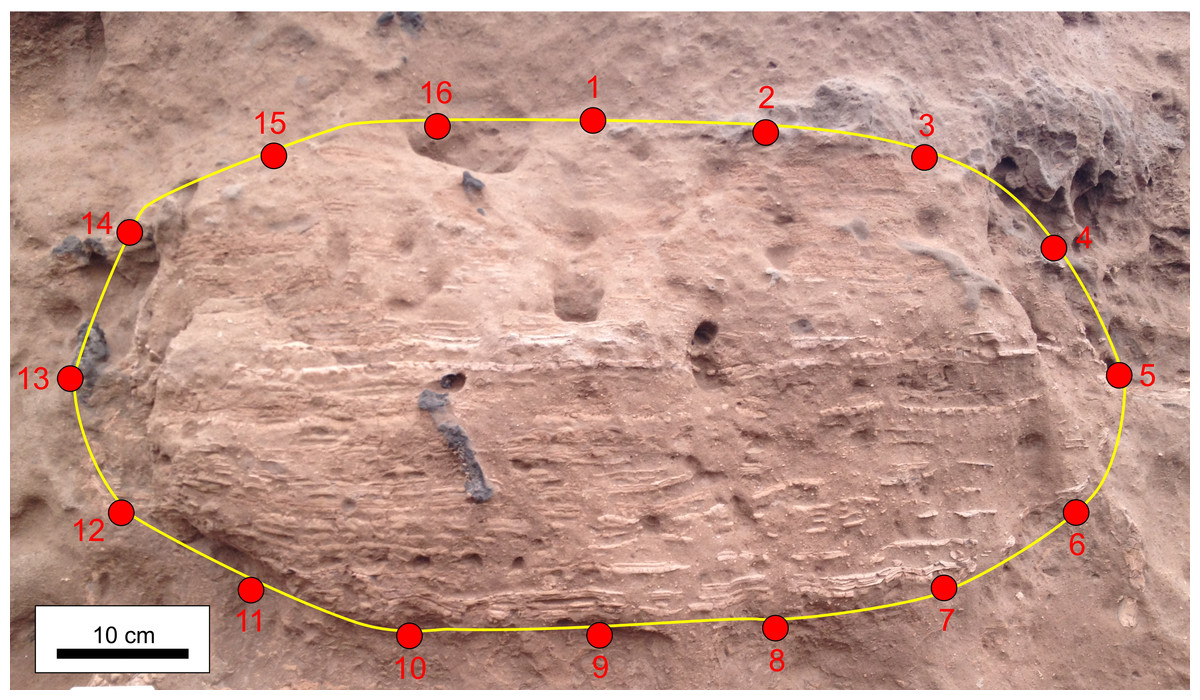
Large mammal burrows in late Miocene calcic paleosols from central
4.8 (174) In stock

4.8 (174) In stock
Large cylindrical sediment-filled structures interpreted as mammal burrows occur within the loess-paleosol sequence of the late Miocene Cerro Azul Formation of central Argentina. A total of 115 burrow fills from three localities were measured. They are typically shallowly dipping, subcylindrical, unbranched structures with rounded ends and lacking enlargements. The horizontal diameter of the burrows range between 0.15 and 1.50 m, with most of the burrows in the interval of 0.39 to 0.98 m. Geometric morphometric analysis of transverse cross-sections support their distinct subcircular and elliptical (horizontally flattened) shapes. Burrow fills are typically laminated in the lower part and massive in the upper part. The laminated intervals reflect pulses of flowing water entering the abandoned burrow during moderate rains, whereas massive intervals reflect mass flow input of dense sediment-water mixtures during heavy rains that produced sheet floods. Approximately 1% of the burrows contained fragmentary, disarticulated and weathered mammal bones that were introduced in the open burrow by currents along with other sedimentary particles. Analysis of the tetrapod burrow fossil record suggests that Miocene burrows, including those studied herein, reflect a remarkable increase in the average size of the fossorial fauna. We conclude that large late Miocene mammals dug burrows essentially as a shelter against environmental extremes and to escape predation. The simple architecture of the burrows suggests that the producers essentially foraged aboveground. Several mammal groups acquired fossorial habits in response to cold and seasonally dry climatic conditions that prevailed during the late Miocene in southern South America. The considerable range of horizontal diameters of the studied burrows can be attributed to a variety of producers, including dasypodids, the notoungulate Paedotherium minor, Glyptodontidae and Proscelidodon sp.

Wolf spider burrows from a modern saline sandflat in central

PDF) Large mammal burrows in late Miocene calcic paleosols from central Argentina: paleoenvironment, taphonomy and producers

Fossil record of limbs of Procariama simplex (IGMJ-unnumbered

How to weigh a fossil mammal? South American notoungulates as a

PDF) Large mammal burrows in late Miocene calcic paleosols from central Argentina: paleoenvironment, taphonomy and producers

Minerals, Free Full-Text

PDF) Large mammal burrows in late Miocene calcic paleosols from central Argentina: paleoenvironment, taphonomy and producers

Large mammal burrows in late Miocene calcic paleosols from central

Other bone distributions. A) Undisturbed skull and lower jaw from

PDF) Large mammal burrows in late Miocene calcic paleosols from central Argentina: paleoenvironment, taphonomy and producers

PDF) Large mammal burrows in late Miocene calcic paleosols from

Late Miocene mammalian burrows in the Camacho Formation of Uruguay